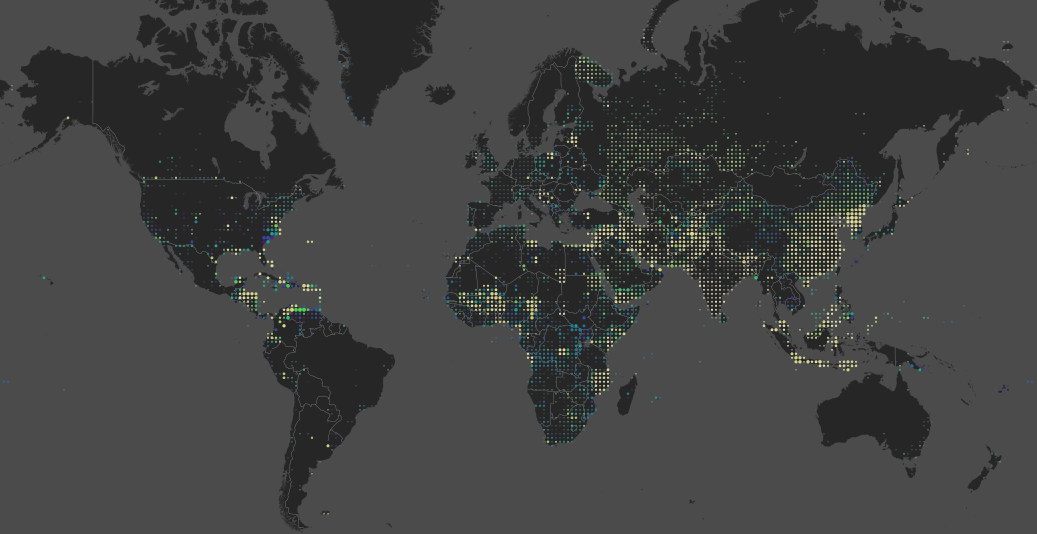
This unclassified image shows a wireframe view of NOME features of an obfuscated location outside of the U.S. and its territories.
Last month marked one year since much of the country issued “stay-at-home” orders to mitigate the spread of COVID-19 and non-essential office personnel across industries transitioned to remote work environments. This was also true for many employees of the National Geospatial-Intelligence Agency (NGA) and other U.S. government organizations who often review classified material and typically aren’t permitted to telework.
Maxar and NGA work together in support of the National System for Geospatial Intelligence Open Mapping Enclave (NOME), an online capability that emerged throughout the past year as an essential element in the agency’s pivot to a distributed workforce. The web-based platform enables a community of vetted users to create and update geospatial features in a crowdsourced “living map.”
Prior to the COVID-19 crisis, NOME was primarily used for foundation feature collection. Since March 16, 2020, more users adopted the platform for mission support, including the creation of features for further dissemination across multiple networks and in the domain of AI/ML model training.
“With NOME, analysts can perform unclassified mission support remotely,” said Josh Sisskind, Maxar’s NOME Program Manager. “Using the collaborative tools within NOME, they remain connected to their team.”
The NOME user base saw unprecedented growth in the spring and summer of 2020, adding more users each month than the platform would usually add in a year. More importantly, engagement with the platform has persisted. Since March 2020, the crowd has made nearly 21 million edits, resulting in an average of 135,000 new geospatial features each week. These features are critical components of foundation base layers, analytic tradecraft, and cartographic products consumed by the National System for Geospatial Intelligence (NSG) and the Allied System for Geospatial Intelligence (ASG) communities.

Current as of March 9, 2021.
“NOME has become a bigger part of the user’s workflow as we continue to engage a high number of active users each month,” Sisskind said. “NOME is averaging three to four times the number of users than prior to the pandemic and is able to reach a broader user base through Maxar's collaboration with NGA.”
More recently, NOME played an important role in NGA’s new Neurodiversity Pilot Program, which has the goal to increase opportunities for neurodiverse individuals, including those on the autism spectrum. NOME was one of the primary applications used by the program’s first class of externs as they attended an intensive remote training program. Most pilot participants will continue to use NOME as they gain valuable experience from home during the pandemic.

This unclassified image visualizes where data has been created in NOME since March 16, 2020.
As COVID-19 vaccines become more readily available and the world cautiously looks toward a return to in-person work, Sisskind considers lessons learned.
"NOME has demonstrated that the Intelligence Community, both industry and government alike, can rise to the challenge of a changing paradigm that may require its workforce to support the mission outside the government workspace,” he said. "With the success of this work-from-home operating model using NOME during the pandemic, we anticipate it will continue once the country is on other side of this crisis."